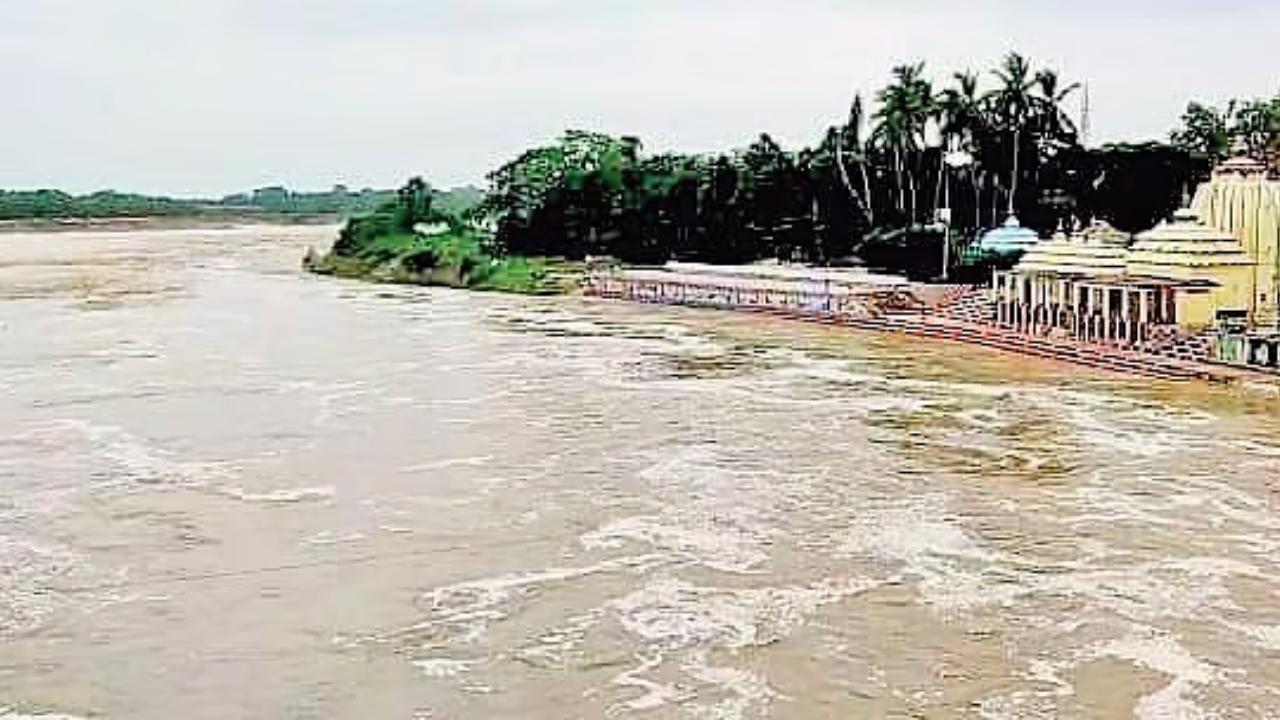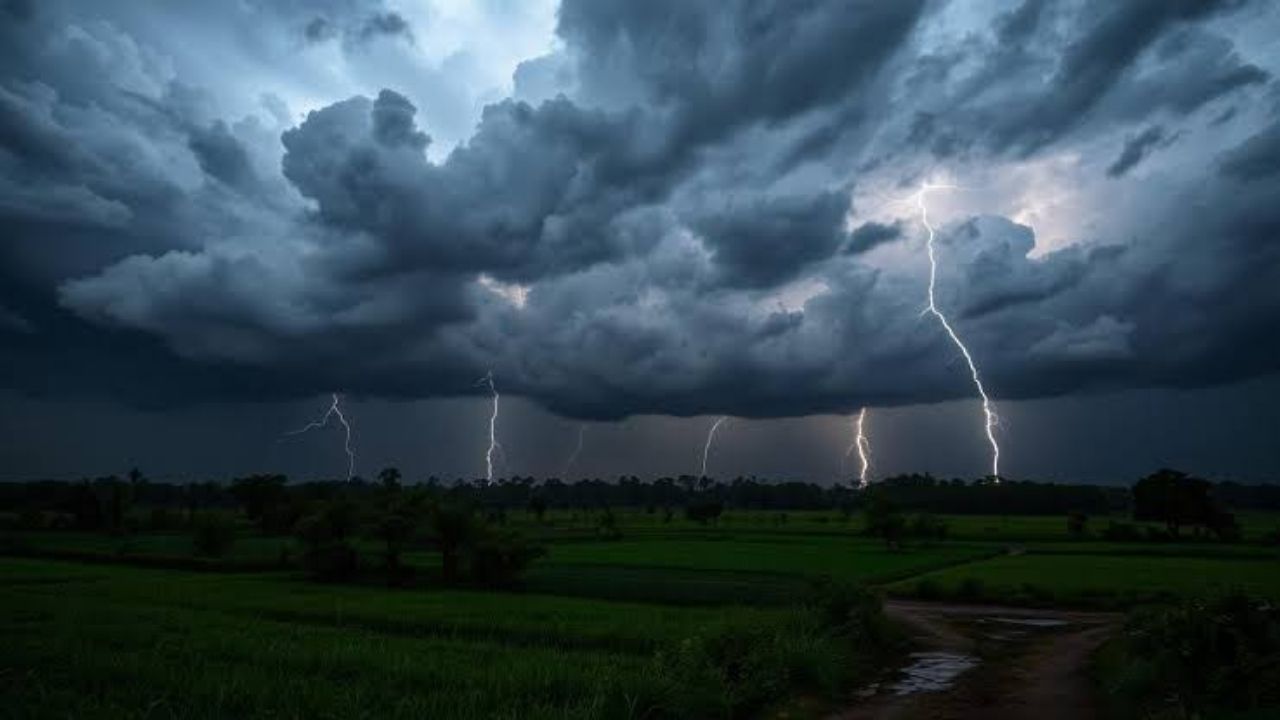Flooding is no stranger to Odisha, especially during the monsoon season, but the current situation is raising alarms. Two of the state’s major rivers, the Jalaka and Baitarani, have surpassed their danger levels, escalating the risk of severe flooding. This situation is affecting thousands of residents in the northern districts of Balasore, Bhadrak, and Jajpur. With water levels rising steadily, it’s clear that the threat is serious. But what exactly does this mean for the people of Odisha, and how is the government responding?

In this article, we will break down the ongoing flooding crisis, explain why it’s happening, what’s being done to manage the situation, and provide practical advice for residents and visitors in flood-prone areas. We’ll also look at the science behind it all, the flood alert systems, and what we can learn from this event for the future.
Threat of Flooding Intensifies in Odisha as Jalaka
| Key Facts | Details |
|---|---|
| Current Flood Situation | Rivers like Jalaka and Baitarani are surpassing danger levels, threatening thousands of lives. |
| Affected Areas | Districts like Balasore, Bhadrak, and Jajpur are the most impacted. |
| Rivers | Jalaka River at Mathani and Baitarani at Akhuapada surpassing the danger mark. |
| Recent Rainfall | Over 94 mm of rainfall recorded in Mayurbhanj district in just 24 hours. |
| Government Actions | Evacuations, flood alerts, and relief efforts have been mobilized. |
| Forecast | Continued heavy rainfall expected to worsen the situation. |
For more details, visit the official website of the Odisha State Disaster Management Authority.
Flooding is a serious issue in Odisha right now, with Jalaka and Baitarani rivers surpassing their danger levels. While the government and emergency services are working around the clock to keep people safe, residents need to stay informed and follow evacuation orders when necessary. Heavy rainfall continues to be a major concern, so vigilance is key.
By taking the right precautions and staying updated on the latest flood alerts, you can help ensure your safety and the safety of those around you. Remember, floods can happen anywhere, but with the right knowledge and preparation, you can ride out the storm.
What’s Going On in Odisha Right Now?
You’ve probably heard about the floods in Odisha, but what’s really happening? Let’s break it down. Flooding occurs when rivers overflow due to heavy rainfall or melting snow. When rivers like the Jalaka and Baitarani exceed their normal water levels, they flood the surrounding areas. In this case, the rivers have surpassed the danger levels—a threshold set by authorities to warn about the potential for major flooding.
Now, it’s not just about rainwater. The situation is getting worse because of the constant rainfall in the upper catchment areas of these rivers, especially in Mayurbhanj district. The Jalaka River, for instance, has risen to 7.20 meters at Mathani, surpassing the danger mark of 6.50 meters. As a result, embankments have been breached, flooding more than 60 villages in Balasore.
On the other hand, the Baitarani River at Akhuapada is sitting at 19.70 meters—well above its danger mark of 18.33 meters. Villages in its path are submerged, and authorities are working hard to evacuate people to relief camps before the situation gets even worse.

What’s Causing the Floods?
Floods like these don’t just happen overnight. There’s a combination of factors at play. The weather patterns have been chaotic in recent days. Heavy rainfall in the upper catchments of these rivers, particularly in the neighboring state of Jharkhand, has added a massive amount of water to the rivers. In fact, Mayurbhanj district has seen rainfall levels hit 94 mm within just 24 hours! That’s a ton of water, and it’s contributing to the rapidly rising river levels.
The Role of Dams and Reservoirs
Another critical factor in the situation is the release of water from dams in the Jharkhand area. These dams hold back water that, when released, can further raise the water levels in rivers like Jalaka and Baitarani, making the situation even more dire.
What’s Being Done to Control the Flooding?
When it comes to disaster management, timing and preparedness are everything. And in Odisha, the authorities are on high alert. The Odisha State Disaster Management Authority (OSDMA) has issued high-level flood alerts across the affected regions. Rescue teams have been mobilized, and relief camps are being set up for those evacuated from high-risk areas.
Evacuations and Relief Efforts
Authorities are working with local communities to evacuate residents from flood-prone zones. Temporary relief shelters are being established, and food, water, and medical aid are being distributed to those in need. The National Disaster Response Force (NDRF) and State Disaster Response Force (SDRF) teams are actively engaged in rescue operations, ensuring people are moved to safety.
Flood Forecasting and Alerts
Floods in India are generally predictable, thanks to sophisticated weather monitoring systems. The India Meteorological Department (IMD) closely tracks rainfall patterns and river water levels. When heavy rainfall is predicted, it issues weather advisories to the public, which include expected river levels and areas at risk of flooding.
Role of the Community and Volunteers
Besides government efforts, local volunteers play a significant role in ensuring that people are evacuated on time and provided with immediate relief. From distributing food to assisting in the evacuation of the elderly, these volunteers make sure that everyone is safe during these crisis moments.
How to Stay Safe During a Flood
Whether you live in Odisha or elsewhere, it’s essential to understand what to do when a flood threatens your area. Here’s a step-by-step guide on how to stay safe during a flood:
Step 1: Monitor Flood Alerts and Weather Reports
- Stay updated by following official sources like the IMD, OSDMA, and local news outlets. They will provide updates about flood levels, the forecast, and safety instructions.
Step 2: Move to Higher Ground
- If you live in a flood-prone area, make sure you move to higher ground as soon as you hear of rising water levels. If evacuation orders are issued, follow them immediately.
Step 3: Avoid Floodwaters
- Don’t walk, swim, or drive through floodwaters. Even shallow water can carry debris, and fast-moving floodwaters can knock you over. It’s better to be safe than sorry.
Step 4: Prepare an Emergency Kit
- Always have an emergency kit on hand with essentials like:
- First aid supplies
- Non-perishable food and water
- Flashlights and batteries
- Important documents in waterproof bags
Step 5: Keep Communication Lines Open
- Make sure your mobile phone is charged and keep a power bank handy. Inform friends and family of your whereabouts, and stay connected to emergency services if necessary.
Step 6: Follow Evacuation Routes
- If authorities recommend evacuation, follow designated routes to shelters. Avoid shortcuts or paths that might be flooded.
Step 7: Don’t Return Too Soon
- Even after the floodwaters recede, it’s important to wait for an official declaration that it is safe to return. The structural integrity of your house and roads might still be compromised.
State Government Launches Ambitious River Linking Initiative to Address Floods and Droughts
Bridge Washed Away in Odisha’s Sunabeda Sanctuary Amid Torrential Rains; IMD Warns of More Downpours
FAQs
Q: How do I know if I live in a flood-prone area?
A: Flood-prone areas are usually located near rivers, lakes, or coastal regions. Check local flood zone maps or consult with local authorities for information about flood risks.
Q: What is the “danger level” of a river?
A: The danger level of a river is the water level threshold at which there is a significant risk of flooding. When rivers surpass this level, flooding is expected, and authorities issue warnings.
Q: How can I prepare for a flood in my home?
A: Prepare an emergency kit, elevate valuable items, and have a family evacuation plan in place. If you live near a river, consider installing flood barriers around your home.
Q: What should I do if I’m stranded by floodwaters?
A: If you’re stranded, stay in your vehicle or move to higher ground if safe to do so. Never try to cross floodwaters on foot or by car.





